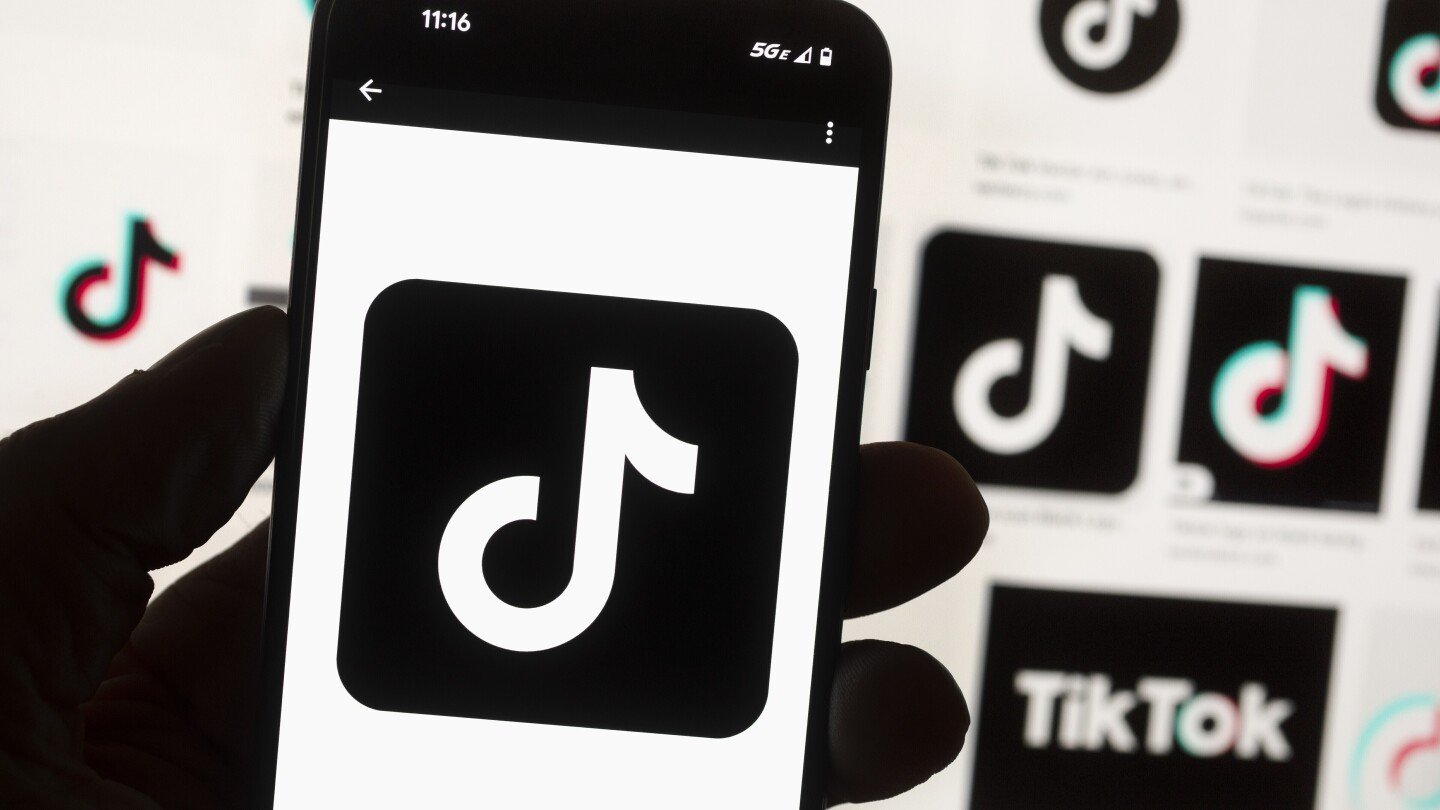

In a candid interview, the reality TV star and entrepreneur, Edwin Arroyave, opens up about his current relationship with his estranged wife, Teddi Mellencamp, amidst their ongoing divorce proceedings and her diagnosis with stage 4 cancer. Just three months after their separation, Mellencamp shocked everyone with the revelation that multiple brain tumors were discovered during her medical examination, which have now been identified as stage 4 cancer. This unfortunate turn of events has sparked interest in how Arroyave and Mellencamp are dealing with these simultaneous personal crises, especially concerning the dynamics of their relationship. Stay tuned as we delve into the details of their current situation, the impact of these developments on their lives, and how they are navigating through these unprecedented circumstances.
Edwin Arroyave Opens Up About His Relationship with Teddi MellencampEdwin Arroyave, the estranged husband of television personality Teddi Mellencamp, has recently given insight into their relationship status, three months after filing for divorce. Arroyave, the founder and CEO of Skyline Security Management, and Mellencamp, a wellness coach and television personality best known for her role on "The Real Housewives of Beverly Hills," were married for a decade before deciding to separate.
In a candid interview, Arroyave expressed his deep concern for Mellencamp and her health. He shared, "The news about Teddi's diagnosis was a shock to us all. It's been a trying time, but we're doing our best to navigate through it." Arroyave also emphasized his continued support for Mellencamp, despite their ongoing divorce proceedings.
Arroyave further revealed that their shared commitment to their three children has helped them maintain a strong bond during these challenging times. He stated, "Our priority remains our children. We owe it to them to create a healthy, supportive environment, regardless of our marital status." Arroyave and Mellencamp have two daughters and a son together.
The couple's divorce comes at a tumultuous time, with Mellencamp's health significantly deteriorating due to a stage 4 brain cancer diagnosis. Despite the circumstances, Arroyave and Mellencamp seem to be handling the situation with strength, unity, and mutual respect.
Hope Amid the StormDespite the dire circumstances, Arroyave has expressed hope and positivity. "I believe in miracles," he said during an interview. "Teddi is a fighter and we're praying for the best." He also highlighted Mellencamp's resilience, saying she has remained strong throughout the ordeal. This is a testament to her character and an inspiration to many.
Arroyave also spoke about the support they have received from family, friends, and fans. "Our communities have rallied around us, offering their love and prayers," he said. "We've been overwhelmed by the outpouring of support. It's given us strength during this incredibly difficult time."
However, he admitted that the situation has been challenging for their children. The couple shares three young children who have had to grapple with their parents' impending divorce and their mother's health crisis. Arroyave has been open about the struggles of explaining these complexities to their kids.
"Our focus is on creating as much normalcy and stability for our children as we can during this turbulent time," he said. "We're doing everything we can to ensure they feel loved and secure."
A Difficult BattleAmid the turmoil of their personal lives, Mellencamp's health issues have presented another layer of complexity. On top of grappling with the reality of their divorce, the pair is now also confronting Mellencamp's stage 4 brain cancer diagnosis. The diagnosis came just three months after the couple filed for divorce, and doctors have since found multiple tumors in Mellencamp's brain.
According to Dr. James Thompson, a leading neuro-oncologist, Mellencamp's diagnosis is particularly serious. "Stage 4 brain cancer, also known as glioblastoma, is the most aggressive form of brain tumor," he explained. "The tumors are fast-growing and often resistant to treatment, making them particularly difficult to manage. The prognosis can be quite daunting, and it's crucial for the patient to have a strong support system during this time."
Arroyave has made clear his commitment to supporting Mellencamp throughout her health battle, despite their ongoing divorce proceedings. He shared, "No matter what, Teddi is the mother of my children and we've shared many great years together. We are committed to supporting each other through this difficult time, and the kids' wellbeing is our top priority."
Final ThoughtsIn the face of adversity, the resilience of Edwin Arroyave and Teddi Mellencamp continues to inspire many. Despite the challenges they are currently facing, the couple has chosen to remain supportive of each other, setting a powerful example of respect and compassion amid difficult circumstances.
Their journey through this difficult time, marked by their divorce and Mellencamp's stage 4 cancer diagnosis, is a testament to their strength and determination. While their personal paths may be diverging, their shared commitment to their family remains steadfast.
As their story continues to unfold, observers and well-wishers alike will be hoping for a positive outcome for Mellencamp's health battle, and for the couple's ability to navigate their new reality with grace and courage.
Politics & Global Affairs
With over a decade of experience covering government, policies, and international relations, Alex dives deep into political dynamics and geopolitical shifts. His work is dedicated to cutting through partisan noise and delivering objective, fact-driven political insights.